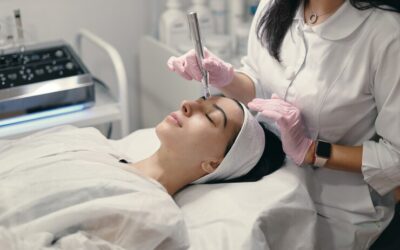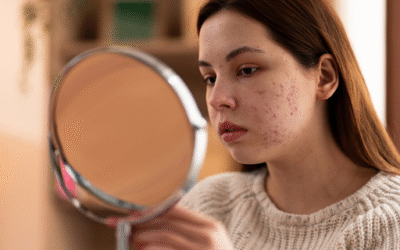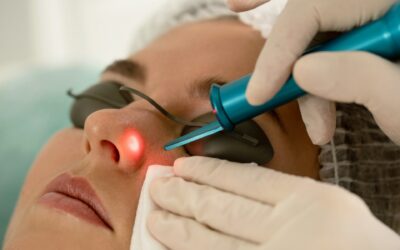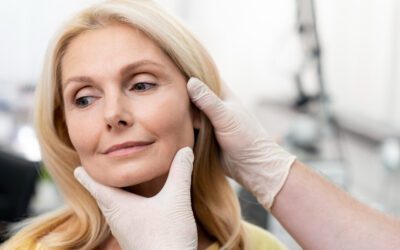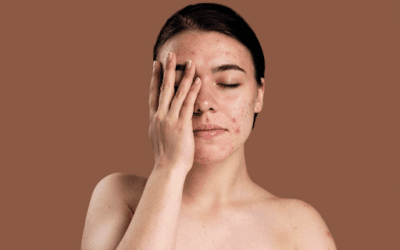Caring for our skin is a year-long commitment, and protecting it from sun damage should be a top priority. Regardless of the season, the sun’s harmful ultraviolet (UV) rays can cause both immediate and long-term damage to our skin. Understanding how to protect our skin effectively helps maintain its health and appearance, reducing the risk of issues like premature aging and skin cancer.
Sun damage isn’t always visible right away, but the effects build up over time. Even on cloudy days or during the colder months, UV rays can penetrate the atmosphere and affect our skin. This makes it essential to adopt sun protection measures every single day. By incorporating daily sunscreen use, choosing the right protective clothing, and adjusting our routines according to the season, we can significantly minimize sun-related skin damage.
Effective sun protection involves more than just slathering on sunscreen. It includes a combination of practices tailored to ensure our skin remains healthy and vibrant throughout the year. From selecting the proper sunscreen to understanding how different seasons impact sun exposure risks, making informed choices helps safeguard our skin against harmful UV rays. Let’s delve into how we can better protect our skin and keep it radiant all year round.
Understanding Sun Damage
Ultraviolet (UV) rays from the sun are the primary cause of skin damage. These rays penetrate the skin’s layers and cause various types of damage. UV rays can break down the collagen and elastin fibres in the skin, leading to wrinkles and loss of firmness. They also trigger an overproduction of melanin, which can cause dark spots or hyperpigmentation. In severe cases, UV exposure can alter DNA, increasing the risk of skin cancer.
There are two main types of UV rays that affect our skin: UVA and UVB. UVA rays penetrate deeper into the skin, reaching the dermis. These rays are responsible for photoaging, which includes signs like wrinkles and age spots. UVB rays, on the other hand, affect the outer layer of the skin and are the main cause of sunburn. Both UVA and UVB rays contribute to the risk of developing skin cancer, making comprehensive sun protection essential.
Long-term exposure to UV rays has cumulative effects. Over time, it can lead to chronic skin damage. This includes persistent hyperpigmentation, rough skin texture, and an increased risk of melanoma and other skin cancers. Understanding how UV rays work helps us recognize the importance of protecting our skin every day, not just during the summer months.
Daily Sun Protection Tips
Choosing the right sunscreen is the first step in protecting your skin from sun damage. Look for a broad-spectrum sunscreen with at least SPF 30, offering protection against both UVA and UVB rays. Mineral sunscreens containing zinc oxide or titanium dioxide are effective and less likely to cause skin irritation. Always check the expiration date, as sunscreens lose their effectiveness over time.
Applying sunscreen correctly ensures you get the maximum benefit. Use about a teaspoon of sunscreen for your face and a shot glass amount for your body. Apply it generously 15-30 minutes before going outside, and don’t forget easily missed areas like the ears, neck, and the tops of feet. Reapply every two hours, or immediately after swimming or sweating, to maintain effective protection.
Beyond sunscreen, there are other protective measures to consider. Wearing wide-brimmed hats, UV-blocking sunglasses, and protective clothing can provide additional layers of defence against the sun’s rays. Clothing rated with UPF (Ultraviolet Protection Factor) gives better protection than ordinary fabrics. Seeking shade, especially during peak sun hours between 10 AM and 4 PM, further reduces sun exposure risks. By combining these measures, we can create a robust shield against sun damage all year round.
Seasonal Changes and Sun Protection
Winter sun protection might seem unnecessary, but UV rays can still cause damage even on cold, cloudy days. Snow reflects the sun’s rays, increasing your exposure and the risk of sunburn. Use a moisturizing sunscreen with at least SPF 30 to protect your skin without drying it out. Don’t forget to shield your lips with an SPF lip balm to prevent cracking and burning.
Spring and summer require extra vigilance due to the increased intensity of UV rays. Apply broad-spectrum sunscreen generously and reapply every two hours, especially after swimming or sweating. Wearing hats, sunglasses, and lightweight, long-sleeved clothing can help protect your skin from direct sunlight. Make it a habit to seek shade during peak sun hours to reduce the risk of overexposure.
Autumn is often overlooked when it comes to sun protection. The sun’s rays are still strong enough to cause damage, even if the air feels cooler. Continue using sunscreen daily and consider UPF-rated clothing for outdoor activities. Consistently protecting your skin throughout the year will prevent cumulative damage and maintain healthier skin.
After-Sun Care and Repair
If you experience sunburn, soothing your skin quickly is important. Cool baths or showers can help reduce heat. After bathing, gently pat your skin dry, leaving a bit of moisture to apply a soothing lotion. Aloe vera and calamine are excellent for calming irritated skin and reducing redness. Hydration is key, so drink plenty of water to help your skin recover from dehydration caused by sun exposure.
Using products with essential ingredients for skin repair can aid in the healing process. Look for lotions or creams containing hyaluronic acid, which helps retain moisture, and antioxidants like vitamins C and E to neutralize free radicals. Products with niacinamide can also help reduce inflammation and support skin repair. Avoid further sun exposure until your skin has fully healed.
Incorporating daily routines to support skin recovery helps maintain its health and appearance. Regularly moisturize to prevent dryness and flakiness. Use gentle, non-irritating cleansers and consider adding products with peptides to your regimen to promote collagen production. Consistent care and attention to your skin’s needs will mitigate the effects of sun damage and keep your skin looking its best.
Final Thoughts
Protecting your skin from sun damage is a year-round commitment. Understanding how UV rays work and incorporating daily sun protection habits can make a significant difference in maintaining healthy skin. By adjusting your skincare routine to fit each season and knowing how to soothe and repair sun-damaged skin, you can prevent long-term effects and enjoy radiant skin throughout your life.
At Monarch Medical Skin and Laser, we emphasize the importance of personalized care and advanced skincare techniques. Whether you need advice on sun protection or treatments to repair sun damage, we’re here to help. Schedule a consultation today to learn how we can assist you in achieving your skincare goals. Your journey to healthier skin starts with Monarch Medical Skin and Laser.

